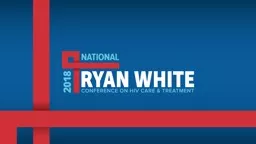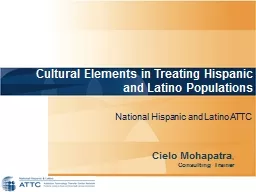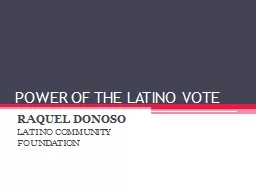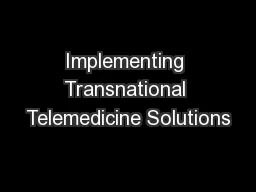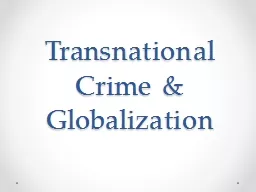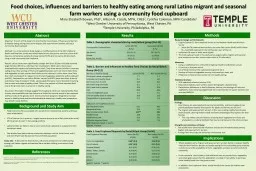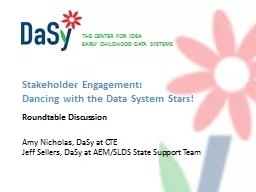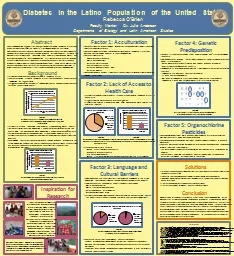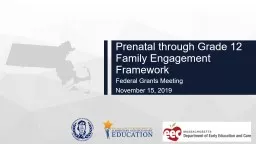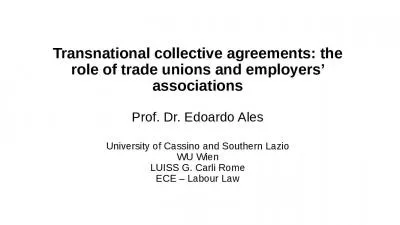PPT-Using a Transnational Framework to Improve Engagement in the SPNS Latino Transnational
Author : tatiana-dople | Published Date : 2019-06-29
John A Sauceda Ron Brooks Patricia Aguado Martha Guerrero Manisha Maskay Natalie A Solomon Brimage University of California San Francisco University of California
Presentation Embed Code
Download Presentation
Download Presentation The PPT/PDF document "Using a Transnational Framework to Impro..." is the property of its rightful owner. Permission is granted to download and print the materials on this website for personal, non-commercial use only, and to display it on your personal computer provided you do not modify the materials and that you retain all copyright notices contained in the materials. By downloading content from our website, you accept the terms of this agreement.
Using a Transnational Framework to Improve Engagement in the SPNS Latino Transnational: Transcript
Download Rules Of Document
"Using a Transnational Framework to Improve Engagement in the SPNS Latino Transnational"The content belongs to its owner. You may download and print it for personal use, without modification, and keep all copyright notices. By downloading, you agree to these terms.
Related Documents

